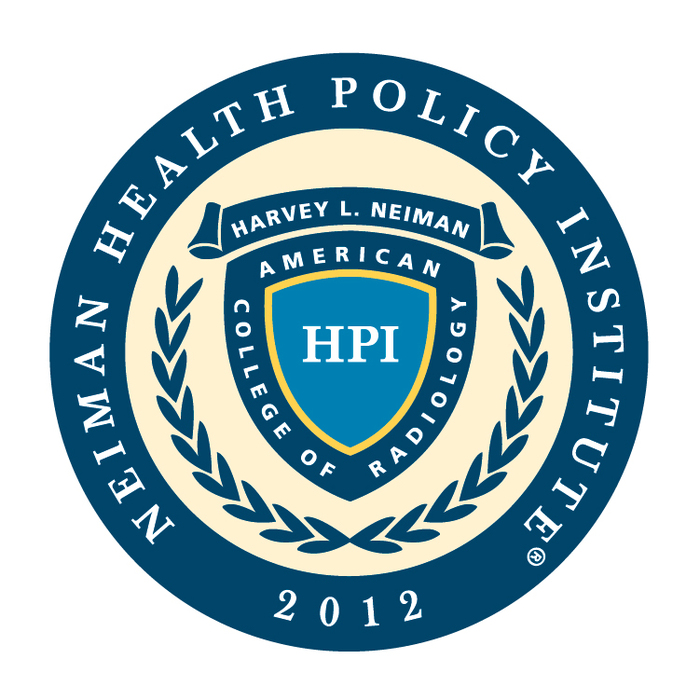Newswise — CMS has implemented a quality payment incentive program, referred to as the Quality Payment Program, which rewards value and outcomes for clinicians participating in Medicare in one of two ways: Merit-based incentive Payment System (MIPS) and Advanced Alternative Payment Models (APMs). This new study from Harvey L. Neiman Health Policy Institute, published online in the Journal of American College of Radiology (JACR) , assesses radiologists’ performance in MIPS, with attention to the impact of the novel MIPS- APMs participation option created under the Medicare Access and CHIP Reauthorization Act.
Rosenkrantz and colleagues extracted radiologists’ 2017 MIPS performance data from the Physician Compare 2017 Individual EC Public Reporting—Overall MIPS Performance data set and additional physician characteristics were extracted from multiple CMS data sets. This data set provides 2017 MIPS performance information for 376,170 MIPS participants in 2017 and includes each provider’s scores in the Quality, Advancing Care Information (when scored in this category), and Improvement Activities categories, as well as each individual’s Final MIPS Score.
“In terms of radiologists’ Final MIPS Scores, although we previously predicted much higher performance of radiologists using group rather than individual reporting, we further observed that those using APM reporting had the highest performance of all,” said Andrew Rosenkrantz, MD, MPA, lead study author, professor and director of health policy in the department of radiology at NYU Langone Health and a Neiman Institute Affiliate senior research fellow. “This high MIPS performance through APMs was observed consistently across radiologists in terms of both practice types and radiology practice sizes.”
Of the 20,956 MIPS-participating radiologists, 16.6% participated using individual reporting, 68.9% group reporting, and 13.4% APM reporting. Average Quality scores were 59.7 84.0, and 92.5, respectively. Average Final Scores were 56.5, 85.6, and 90.6. The better performance of APM versus group reporting was most apparent for smaller practice sizes ≤15, with average Final Score of 84.1 for APM versus 75.0 for group reporting.
“In 2017, approximately two-thirds of radiologists participating in MIPS used group reporting, with the remainder split approximately equally between individual reporting and APM reporting,” stated senior author, Gregory Nicola, MD, senior author and Chair of the Medicare Access and CHIP Reauthorization Act of 2012 (MACRA) Committee. “The relative advantage of APM reporting over even group reporting was particularly apparent among small practices, for which APM reporting achieved an approximately 10% absolute improvement in the Final Score.”
Although radiologists perform much better in MIPS using group versus individual reporting, performance improves even further through APM reporting. This benefit of APM over group reporting was most apparent for radiologists in small practices. Radiologists seeking better performance under MIPS should carefully explore APM opportunities.
To obtain a copy of the study or to arrange an interview with a Neiman Institute spokesperson, contact Nichole Gay at (703) 648-1665 or [email protected].
###
About the Harvey L. Neiman Health Policy Institute
The Harvey L. Neiman Health Policy Institute® is one of the nation’s leading medical imaging socioeconomic research organizations. The Neiman Institute studies the role and value of radiology and radiologists in evolving health care delivery and payment systems and the impact of medical imaging on the cost, quality, safety and efficiency of health care.Visit us at www.neimanhpi.org and follow us on Twitter, LinkedIn and Facebook.
Journal Link: Journal of American College of Radiology (JACR)
